Guest blogger: Dr Anastasia Dukova - Q ANZAC 100 Fellow
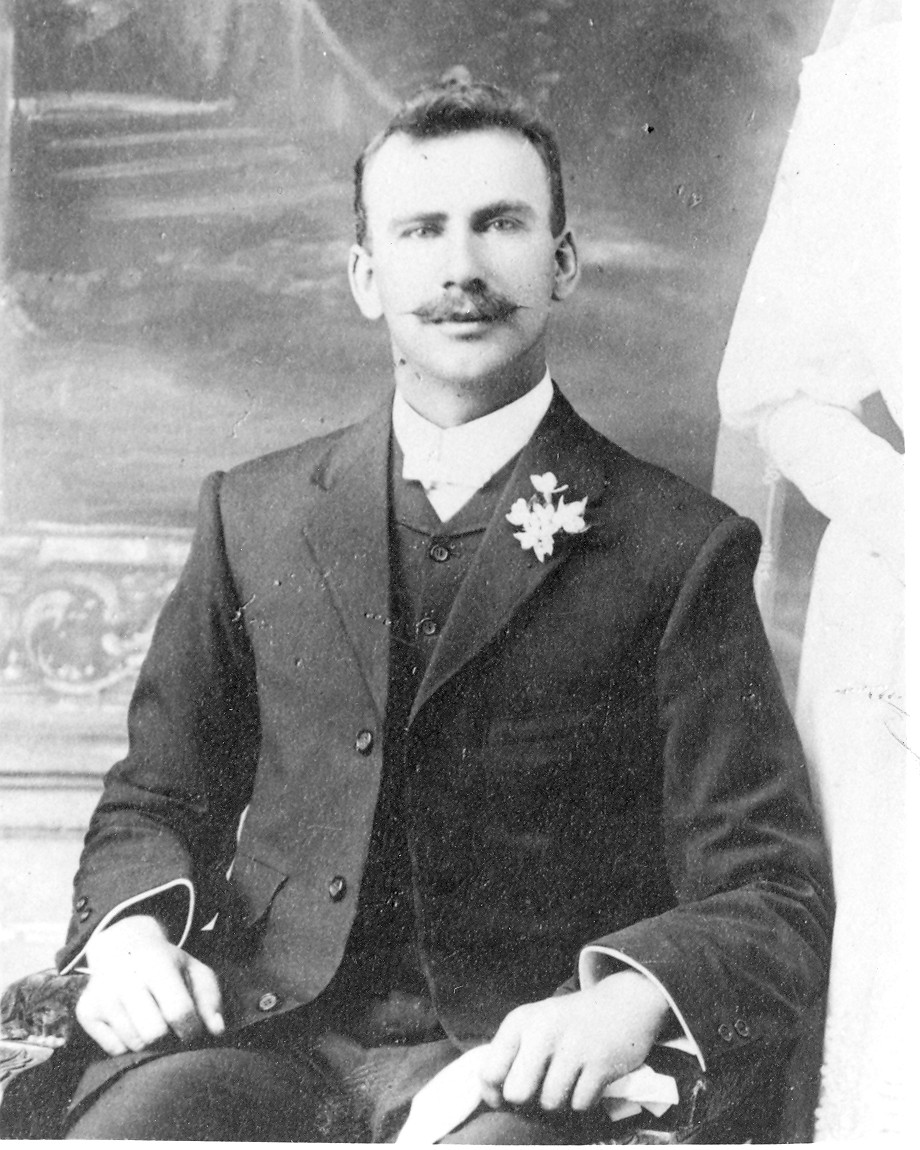
Arthur Albert Bock was born on 10 September 1883 in Bendley, South Australia to Australian-born Gottlieb Reinhold Bock and Johanne Caroline Shilling. His mother’s family, Johann Gottfried Shilling and Anna Rosina Lange, immigrated from Brandenburg, Prussia. (Netherlands, Genealogie Online Trees Index, 1000-2015) Arthur came from a large Protestant family. He had an older brother, Ernest Theodore, and five younger sisters (Edith Emelia, Alice Julie, Hilda Myrtle, Wilhelmina May), and a younger brother, Hurtle George. Susan Elizabeth, born in 1884, died only a few months old. (Australia, Birth Index, 1788-1922, 555, p. 251)
Police
Bock was appointed into the Queensland Police Force as a trial candidate on 3 May 1904 (Reg No 467, QSA File 4759). He was 21 years old at the time. The Register describes Arthur as 5 feel 10 inches tall, with blue eyes, fair hair, and of fresh complexion. His religion is listed as ‘Church of England’ and previous calling as a 'Labourer'. (Register of Members of the Queensland Police, 1895-1917 and 1879-1924). Bock was sworn in on 1 October.
Between 1904 and 1915, Constable Bock received numerous transfers. He was stationed at Roma Street, Charters Towers, Croydon, Toowoomba, Pittsworth and Oxley. In 1909, five years after joining the QPF, Bock married Annie Atkinson. They resided in Hunter Street, Indooroopilly. By June 1915, when Bock enlisted with the Australian Imperial Force, he was an experienced and competent policeman, as well as the father of three young children.
Military
On 22 June 1915, aged 31 years, Bock volunteered in the Australian Imperial Force and taken on strength to 25th Battalion. On 3 January 1916, Private Bock embarked on HMAT Kyarra, Brisbane for Marseilles, France. (NAA B2455)
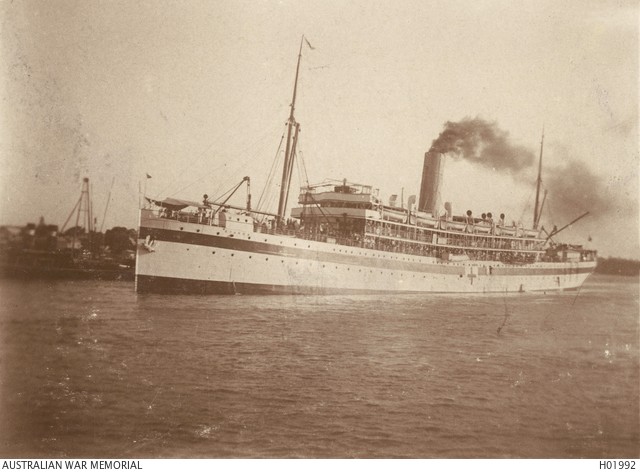
In May 1916, he joined 8th Battalion. In July, he was shot in action in right thigh and admitted to the General Hospital in Calais, France. Three days later, Bock embarked on Newhaven for England and was readmitted to Fifth Northern General Hospital. Following a four months recovery period, he proceeded back to France. At the end of 1916, Private Bock received his first promotion to Temporary Corporal. In 1917 Bock joined No 4 Officers Cadet 9th Battalion.

Following his promotion to 2nd Lieutenant in June, he was posted to General Infantry Reinforcements. A month later, he was sent back to France and then Belgium. At Polygon Wood, Westhoe Ridge he was shot again and evacuated to War Hospital, Epsom. By that point, both of his legs were severely wounded. On 23 October 1917, Bock was promoted to Lieutenant. A week prior, on 14 October 1917, he was awarded Military Cross for his actions at Westhoe Ridge, Belgium:
HIS MAJESTY THE KING has been pleased to confer the Military Cross on the undermentioned Officer for gallantry and distinguished service in the field:
"Second Lieutenant ARTHUR ALBERT BOCK
For the conspicuous gallantry and devotion to duty. Whilst leading his platoon this officer encountered a series of concrete dug-outs. He rushed the entrance of one, and, single-handed, captured 17 prisoners. He continued to lead his platoon until severely wounded in both legs, setting a splendid example of coolness and daring to all ranks."
(Extract from the Commonwealth Australian Gazette, No 19, 14 Feb 1918)
30 January 1918, Bock embarked on A14 for Australia, by then his health began to deteriorate. In May 1918, Department of Defence Melbourne, recommended that Lieutenant Bock, MC 25th Battalion, be terminated from the Australian Military Forces on medical grounds.
The official reason was given as ‘GSW Both Thighs Old Thrombosis ’. (NAA B2455)
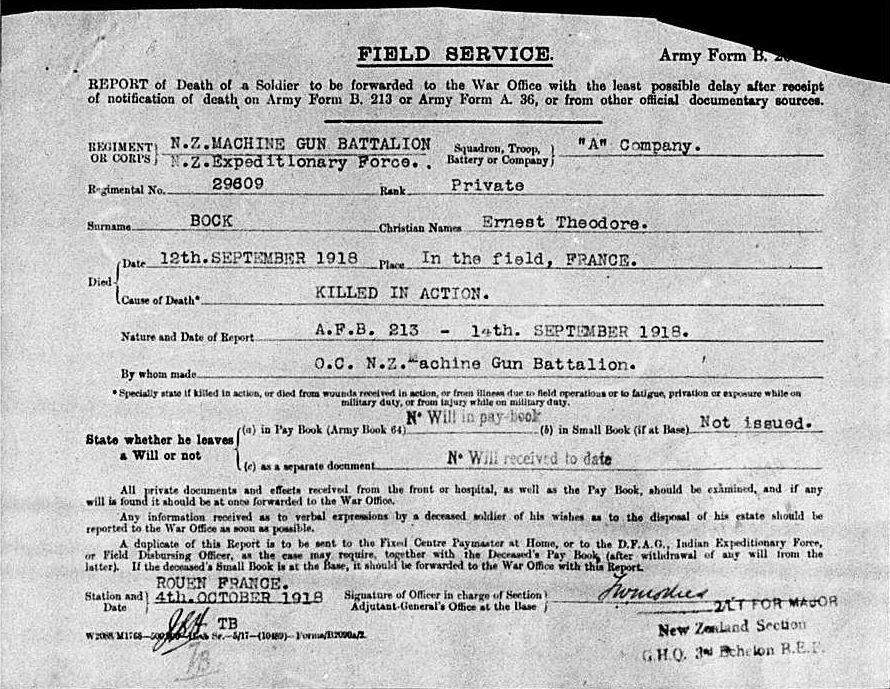
Ernest Theodore, Arthur’s older brother, also volunteered to fight in the First Wold War with the New Zealand Army. He joined in June 1916 and was killed in action on 12 September 1918 in France.
After the War
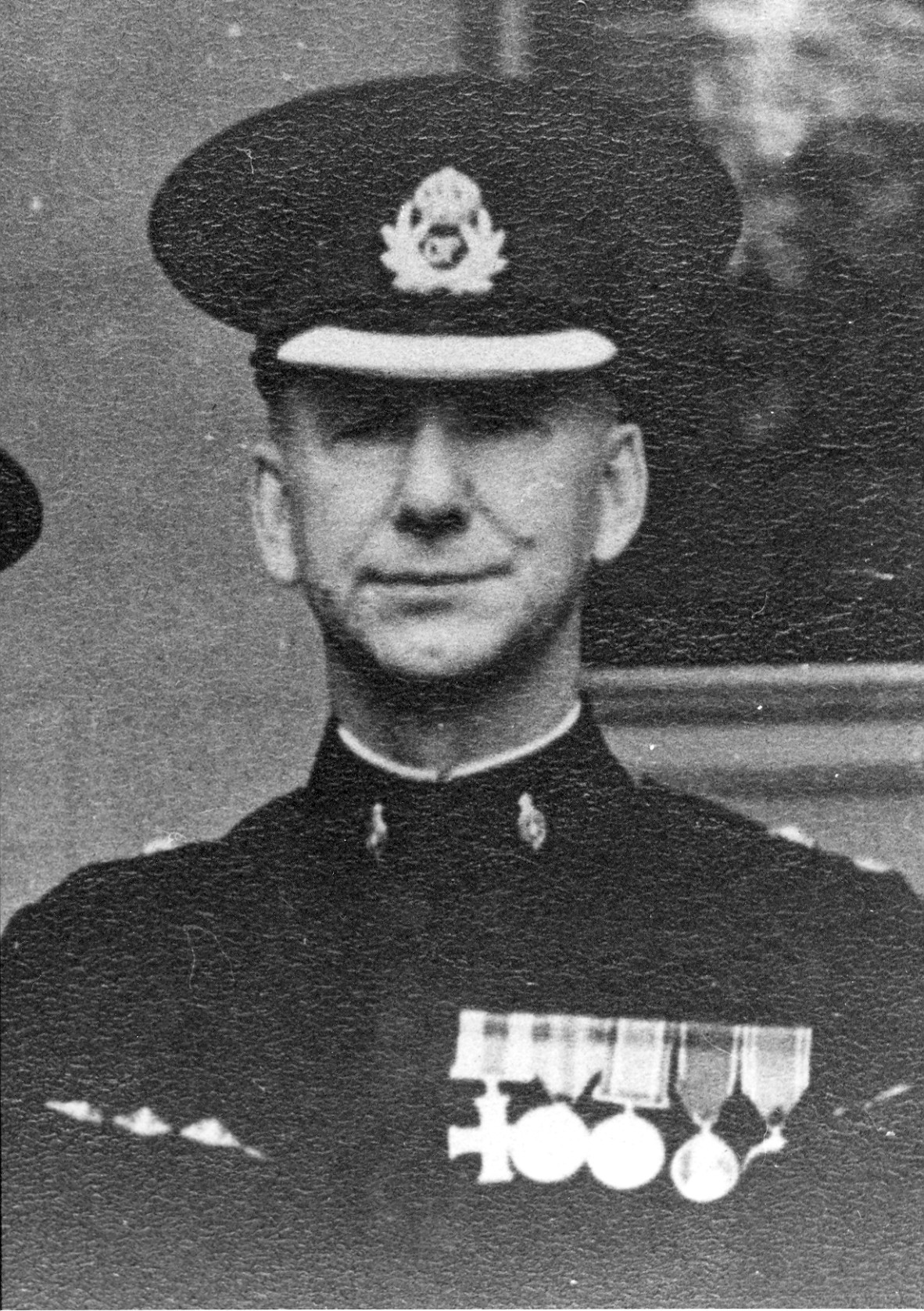
PM2031
Bock returned to Brisbane and in May 1918, resumed police duty.
Upon resuming his duties, Senior Constable Bock was first stationed at Toogoolawah, then Sandgate, Barcaldine, Longreach, Fortitude Valley and Roma Street. In the 1920s he organised and commanded a staff of plain clothes police at Roma St Headquarters. Between 1927 and 1930s, Bock rose to the rank of Inspector and was awarded numerous favourable records. In 1927, he was awarded a favourable record in connection with the arrest and conviction of Harry Collins, William Hy Power, etc. for the theft of £145 from Queensland National Bank, Brisbane. In 1932, Sub Inspector Bock was granted a reward of £25 by the Arson Award Agreement for good work, in conjunction with other Police in connection with the conviction of Mrs Jane Campbell for arson at Bowen Hills.
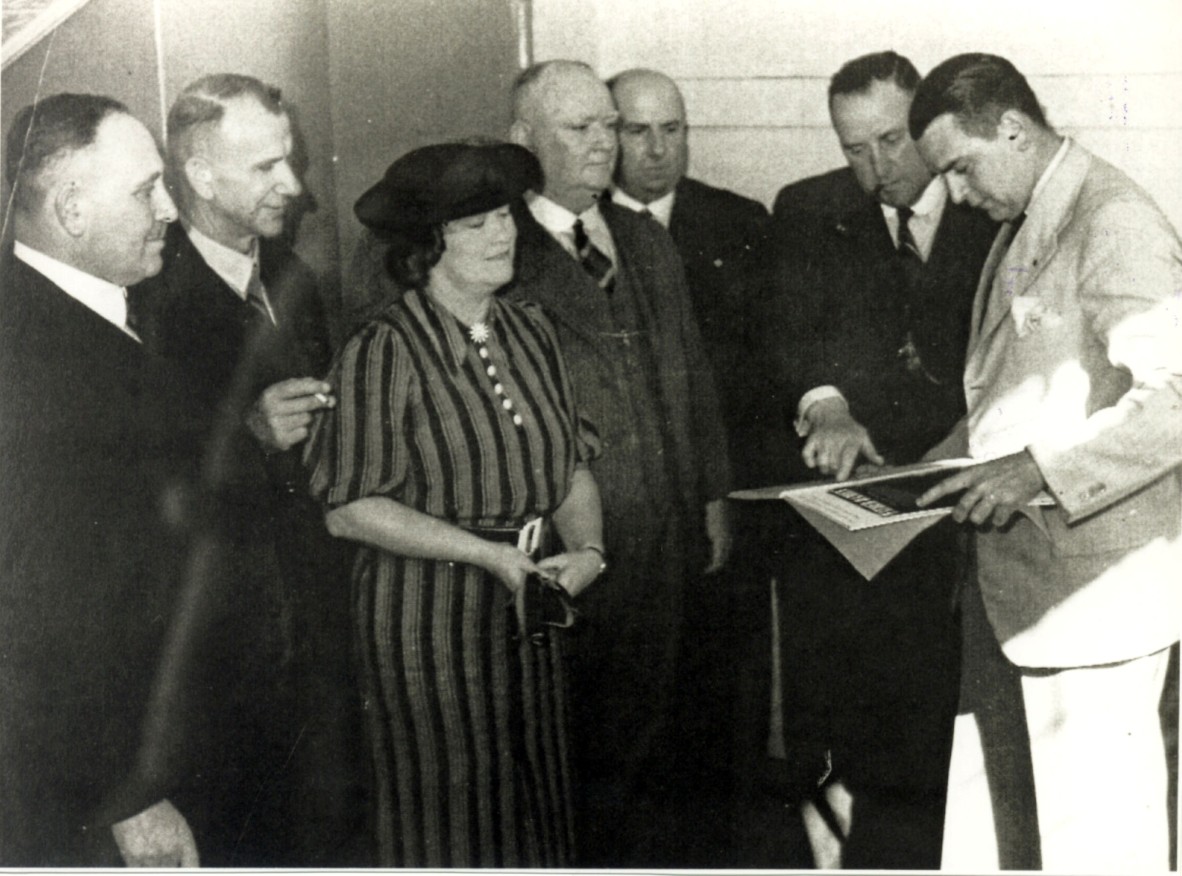
Inspector Bock retired from the Queensland Police on 10 September 1943.
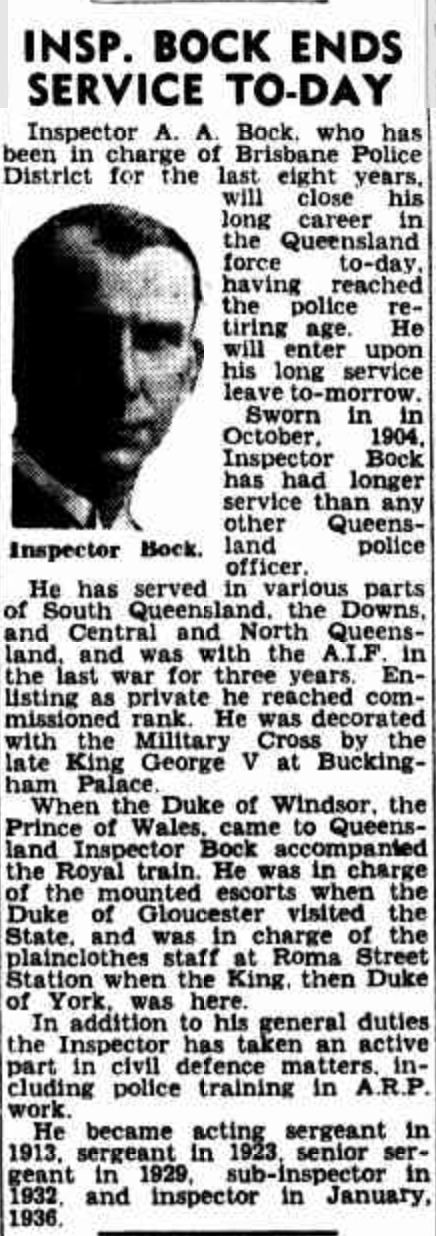
Arthur and Annie Bock went on to have five children: Ronald Atkinson Bock, Dulcie Jean Peterson (neé Bock), Olga Ruth Lang, Lillian Edith McIver, Hurtle Arthur Bock.
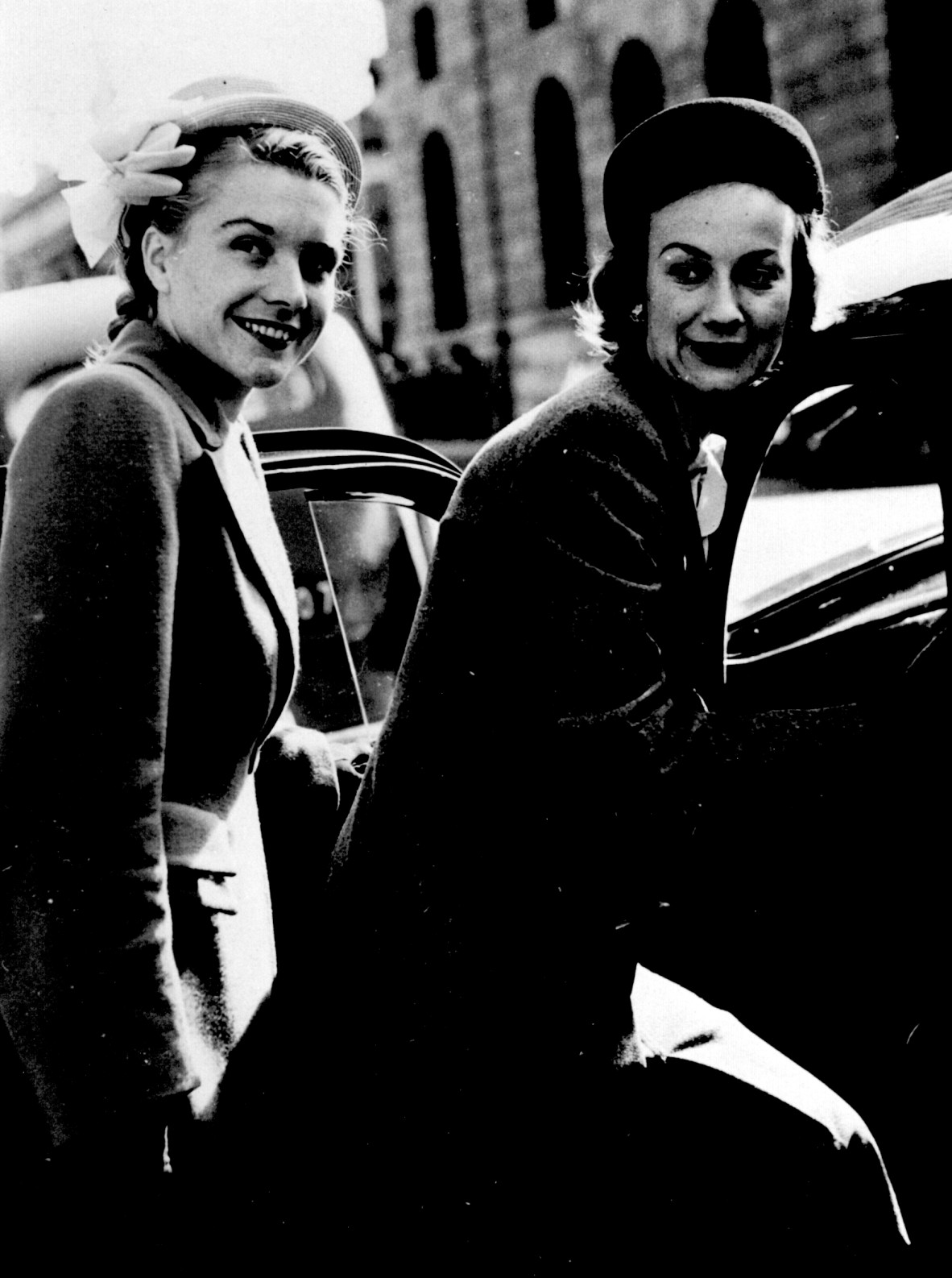
Dulcie Jean, born on 22 August 1920, continued the tradition by joining the Queensland Police as a probationary Policewoman (19WP) in March 1946, her appointment was confirmed a year later. At the time, PWs did not carry weapons or had full powers of arrest and retained a probationary status for the entire duration of employment in the force. Prior to joining the police, Dulcie served for 3 years and 10 months as a Sergeant Stenographer in the Australian Women’s Army Service during the Second World War, based out of Land Headquarters in Melbourne. She married Constable Victor Henry Peterson in 1948 and resigned from the force in August 1950.
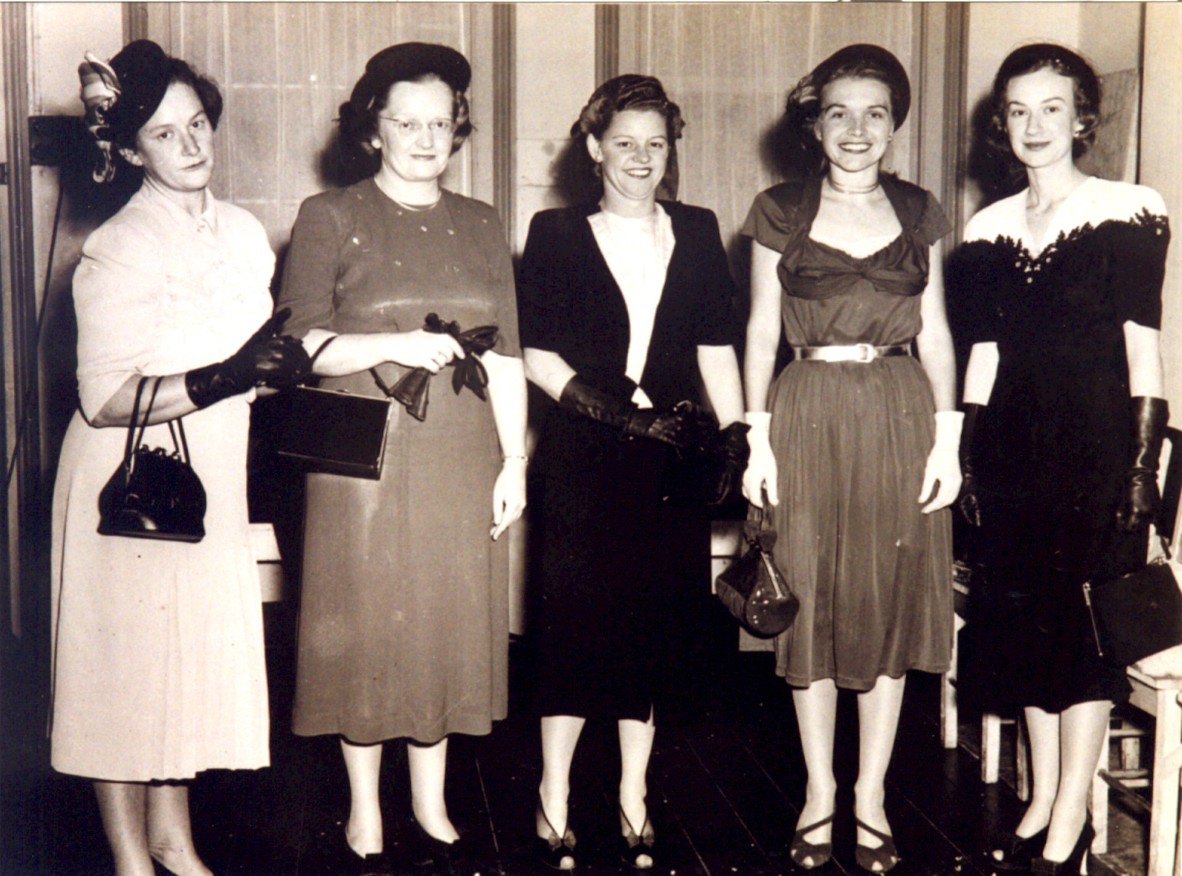
Arthur Albert Bock died on 11 May 1966 from cerebral haemorrhage at the Repatriation Hospital, Greenslopes.
Further reading from Dr Anastasia Dukova
Comments
Your email address will not be published.
We welcome relevant, respectful comments.